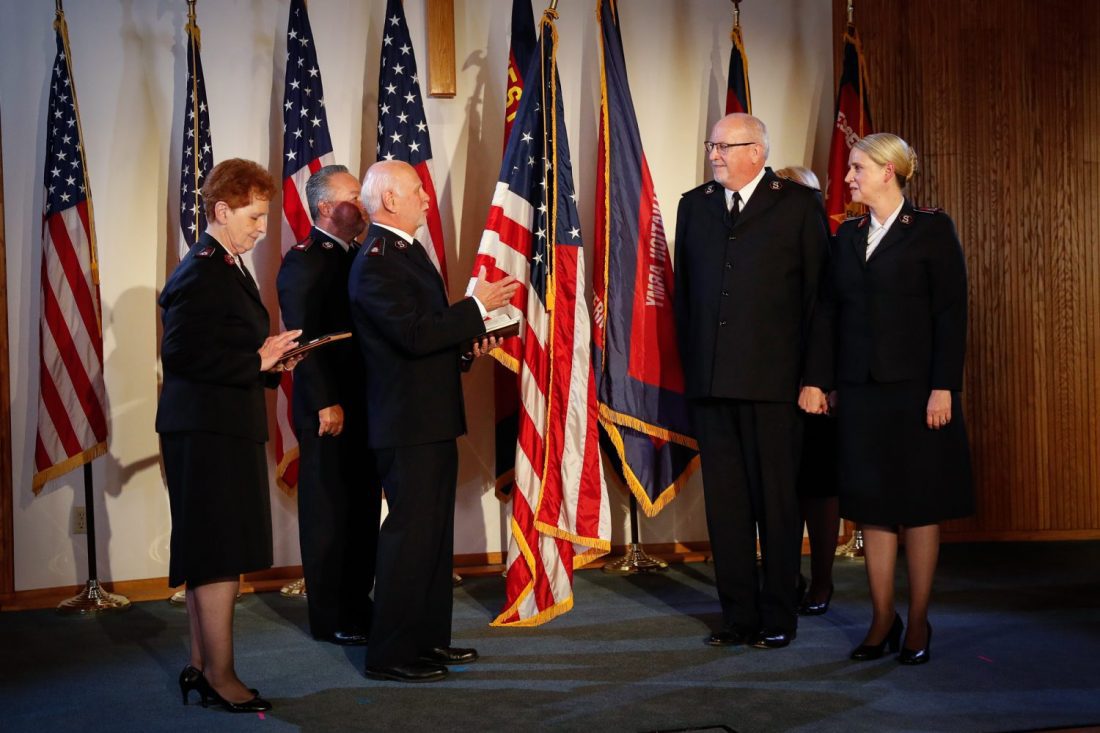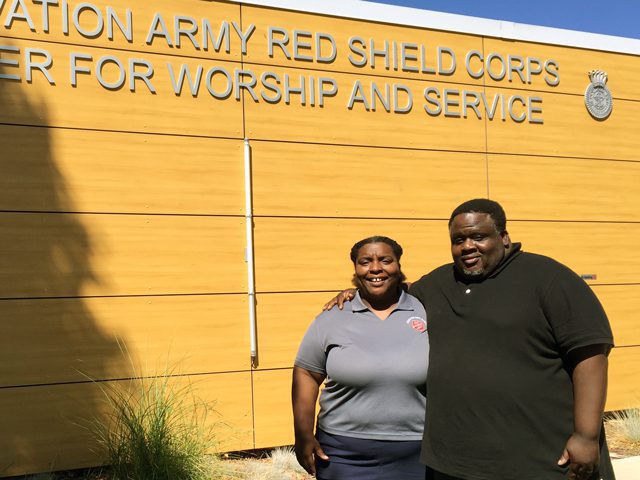by Geir Engøy –
cross cultural ministries secretary
We will strive to break down the walls…intentionally reach out in service and ministry…recognize, respect and celebrate our cultural distinctives…
We are a nation of immigrants. The Salvation Army itself is an “import” from the country whose tea was dumped in Boston Harbor. Initially white, the US “mainstream” is increasingly becoming multicultural instead of monocultural. It is becoming multicolored instead of monocolored.
Does that mean that the red in our banner will become purple or pink? Does it mean that the yellow of the Holy Spirit’s flame will pale or brighten? Does this mean that Jesus’ sacrificial death will be equalled with other options for eternal salvation?
Though the symbols may take on exotic appearances, the core of the gospel remains the same.
The Salvation Army takes seriously that the 15-25 age group growing up in the USA today is the most racially mixed in the nation’s history. They are 60 percent more likely to be non-white than their parents’ or grandparents’ generations. One third is Black, Latino, Native American or Asian. The proliferation of Army expressions in other than the traditional and dominant culture, then, is not so much growth as it is a more visible manifestation of who’s already been here for a long time. The gospel story as well as The Salvation Army experience is being retold in different words, set against different backgrounds.
One option to such manifold expressions is confusion. Another, the one we adopt in the Western Territory, is vision. We recognize the emerging trends and what increasingly will be the community in which we will minister and live. Consequently, The Salvation Army is becoming more and more cross-cultural.
We are willing to restate constantly our faith’s implication in contemporary life. This means to give room for people different from ourselves to express their life in God through their own culture and heart language.
Traditionally, The Salvation Army represents a jubilant and joyous kind of Christianity; clapping and singing, a lot of noise from the open air meetings and the sounds of our brass bands marching in the streets. In many of our “settled” corps, this aspect is now mostly spoken of, not experienced, while referring to the past or other places. A recurring theme in surging minorities is the realization that the Good News is new. This is vividly expressed in ministry and worship.
.
We must allow for the forms and shapes of Salvationism to be bent and adapted in unfamiliar fashions. As the Gospel finds root in every culture we would be foolish to stifle its growing up as a native plant.
We take our lead from Paul when he teaches on the Body. Spiritually and visually, we are one in Christ: there is no logic to barriers and walls separating the different parts if the whole is to function. Not in a human body, of course, and certainly not in Christ’s Body.
Therefore, in order to retain a continually sharp vision, we are politely curious about our fellow citizens who differ from us. We educate ourselves about their situation and history. We look and move forward in the same direction as our paths grow closer and closer until they converge.
If you want to see the face of the future USA and its reflection in The Salvation Army, look around you. That’s where we will be.












